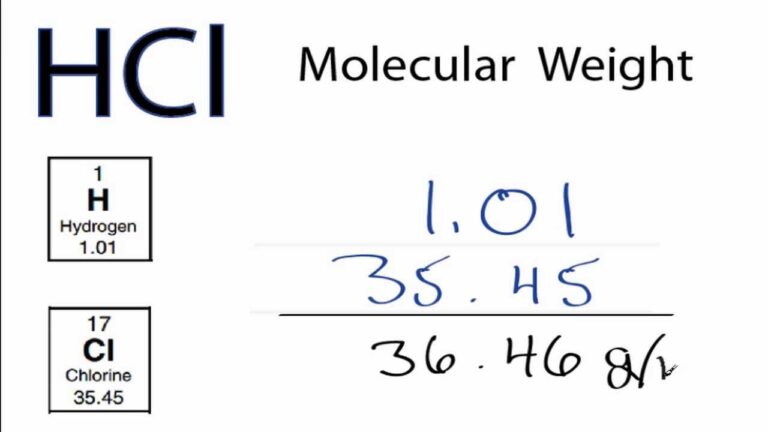Understanding Chloride Density: Importance and Applications
Chloride Density: What it means for your Materials and Structures
Chloride density is a term that is widely used in the world of construction and material science. It refers to the amount of chlorides, usually in the form of salt, that is present in a material or structure. Chloride density is a crucial factor in determining the durability and lifespan of various materials and structures, especially those exposed to harsh environments where there is a high risk of corrosion. In this article, we will explore the significance of chloride density and its effects on materials and structures.
Concrete structures and chloride density
Concrete is a widely used material in construction and infrastructure projects. It is durable, versatile, and can withstand significant amounts of stress and pressure. However, concrete is vulnerable to corrosion caused by chloride ions that penetrate the surface of the concrete. Chloride ions can come from various sources, including the environment, de-icing salts used on roads, and seawater.
Reducing chloride density in concrete
To ensure that concrete structures are durable and long-lasting, it is essential to reduce the chloride density. One way to do this is to use low-chloride ingredients in the production of concrete. This includes using low-chloride aggregates and cement with low-alkali content. Another way to reduce chloride density is to limit the amount of exposure to chloride-containing environments. This can be achieved by using protective coatings or maintaining proper drainage systems to avoid standing water in areas with high chloride levels.
Metals and chloride density
Chloride ions can also have a significant impact on the lifespan of metal structures, especially those made of steel. When chloride ions come into contact with steel, they can cause a process called corrosion, which weakens the structure and eventually leads to failure. The rate of corrosion is directly proportional to the chloride density in the environment.
Preventing corrosion in metal structures
To prevent corrosion in metal structures, it is essential to reduce the chloride density in the environment where they are located. This can be achieved by using corrosion-resistant alloys or coatings, such as epoxy coatings. Proper maintenance and cleaning of metal structures can also go a long way in preventing corrosion and extending their lifespan.
Conclusion
In summary, chloride density is a crucial factor in determining the durability and lifespan of various materials and structures. High levels of chloride can lead to corrosion, weakening the structure and potentially leading to failure. Fortunately, there are various ways to reduce chloride density, including using low-chloride ingredients, maintaining proper drainage systems, and using protective coatings or corrosion-resistant alloys. Understanding and managing chloride density is essential in maintaining the durability and safety of our infrastructure and structures.
Most searched products:
Is Niacinamide an Active Ingredient in Skincare Products?
Does Sephora Support Israel? Answering Your Questions
5 Surprising Ways The Ordinary Lash Serum Can Transform Your Lashes
Achieve Youthful Skin with The Ordinary Retinol 0.2 in Squalane
Unlock the Benefits: Everything You Need to Know About Azelaic Acid 20%
The Mighty Benefits of Ascorbic C: What You Need to Know
Get Perfect Skin with Our Comprehensive Skin Care Package
Discover the Best Cleansing Balm at Superdrug for Flawless Skin
The Perfect Order: When to Use Retinol and Niacinamide in Your Skincare Routine
The Ultimate Guide to Using The Ordinary Hydrochloric Acid: Benefits and Precautions











